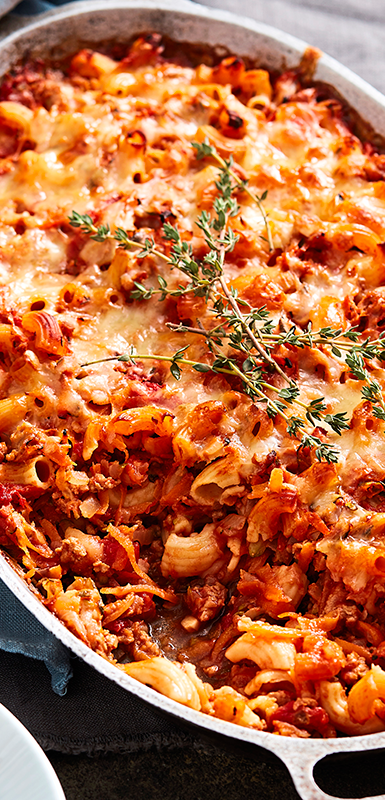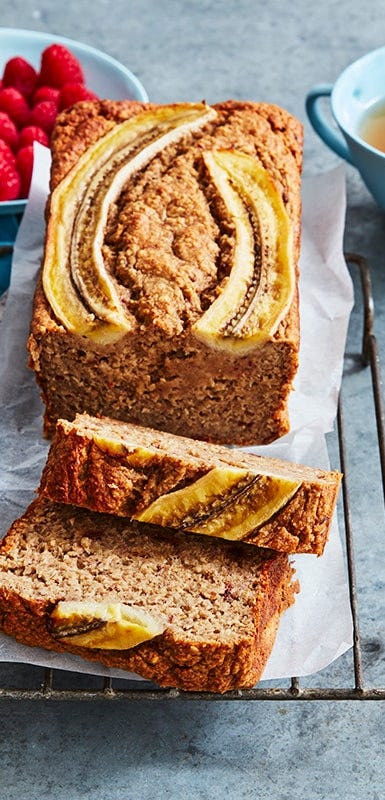How WeightWatchers Points work for weight loss | WW Australia
The WeightWatchers Points system explained
Discover how our WeightWatchers® Points system makes weight loss deliciously simple.
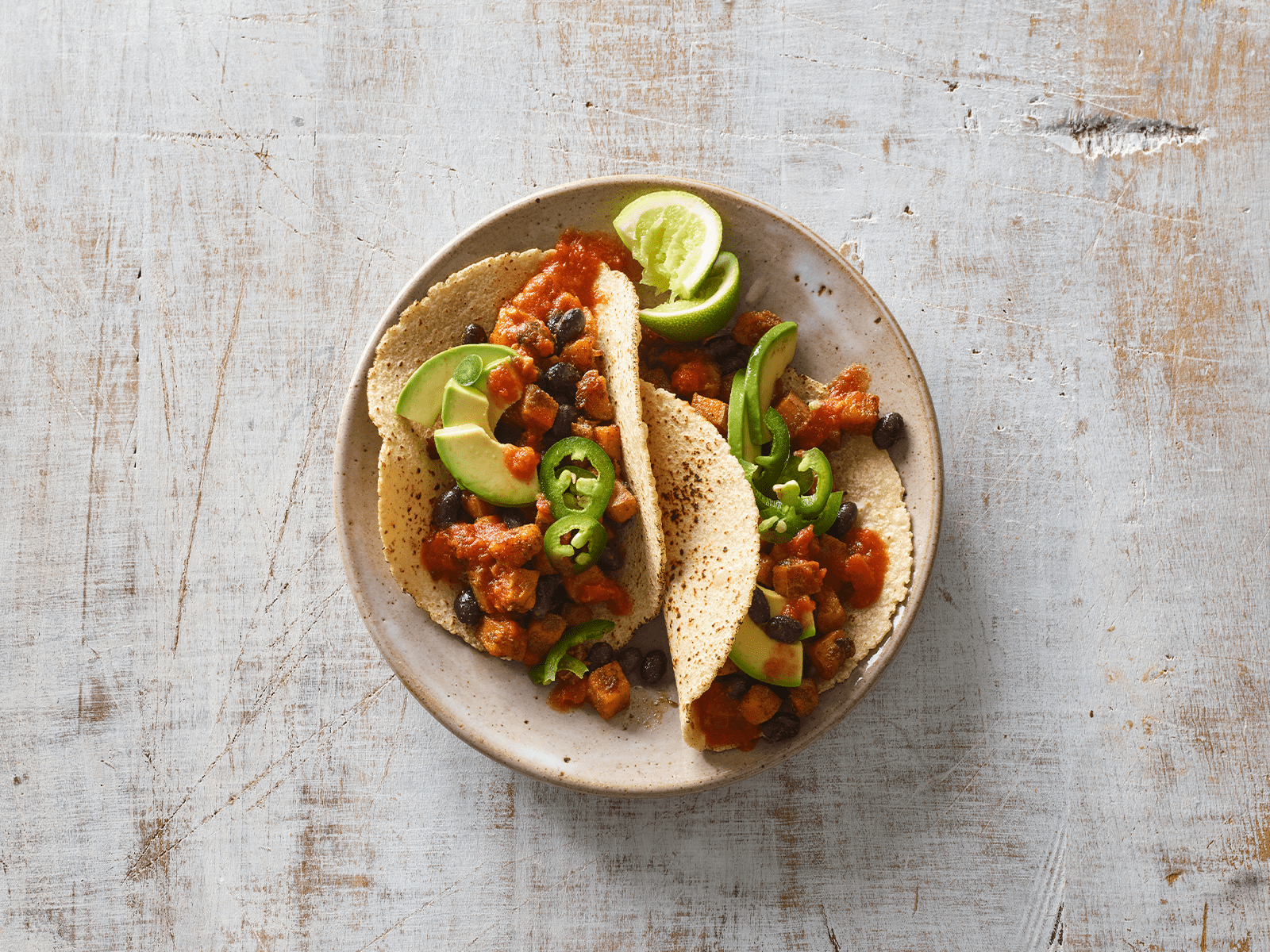
The Points system explained
The WeightWatchers Points® system is our way of making nutrition science for weight loss simple! We look at the complex nutrition info (calories, saturated fat, protein, sugar and fibre) of every food and drink and distill it down to one easy to understand number: The Points value. Saturated fat and added sugar drive up the Points value; fibre, protein, and unsaturated fats drive it down.
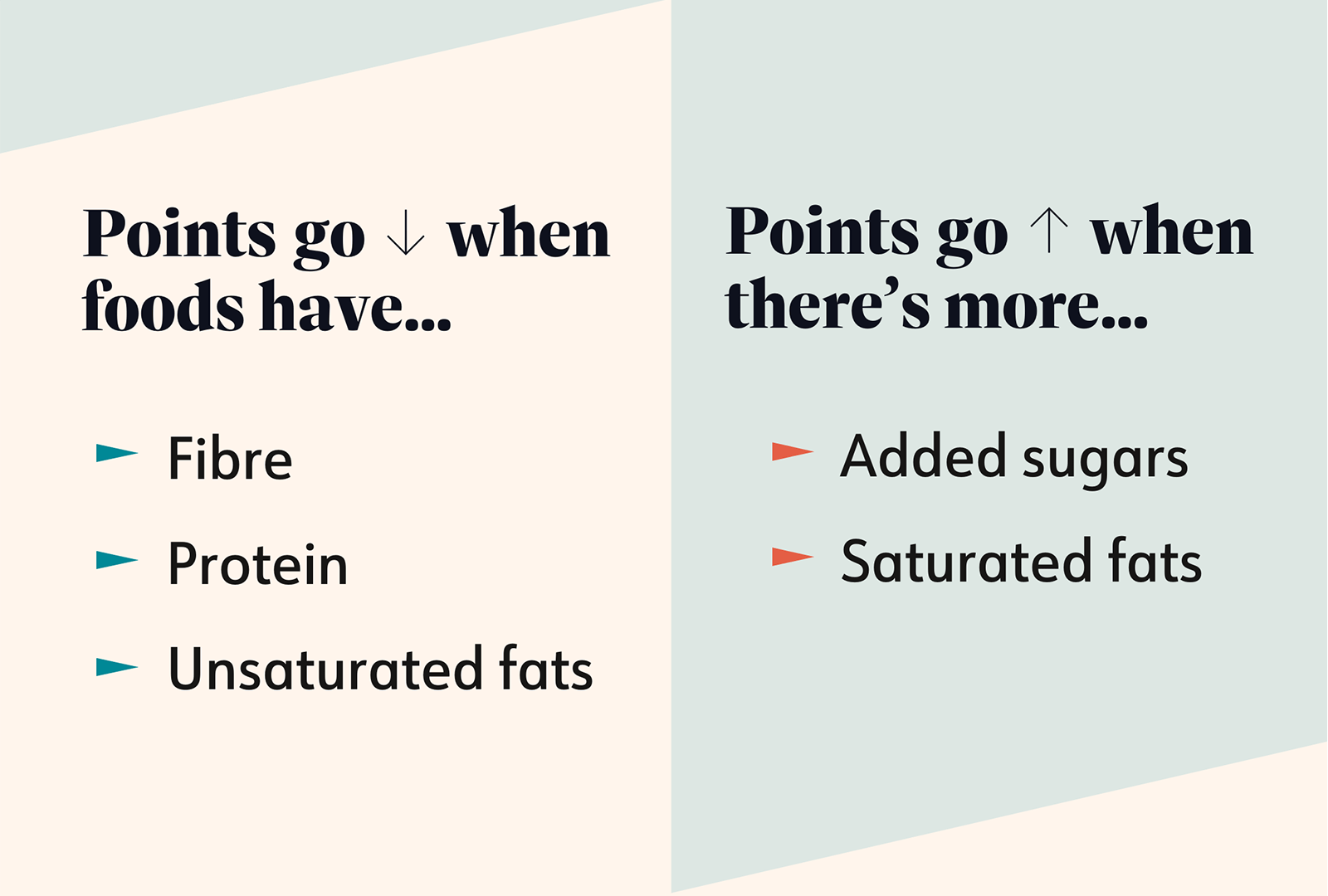
How do Points work for weight loss?
You’ll get a customised daily Points Budget to spend, plus a list of 200+ ZeroPoints® foods that you don’t have to track. As long as you stay within your budget, you’ll be on the way to reaching your weight loss goals. The WeightWatchers app will keep track of it all for you—no mental math required!
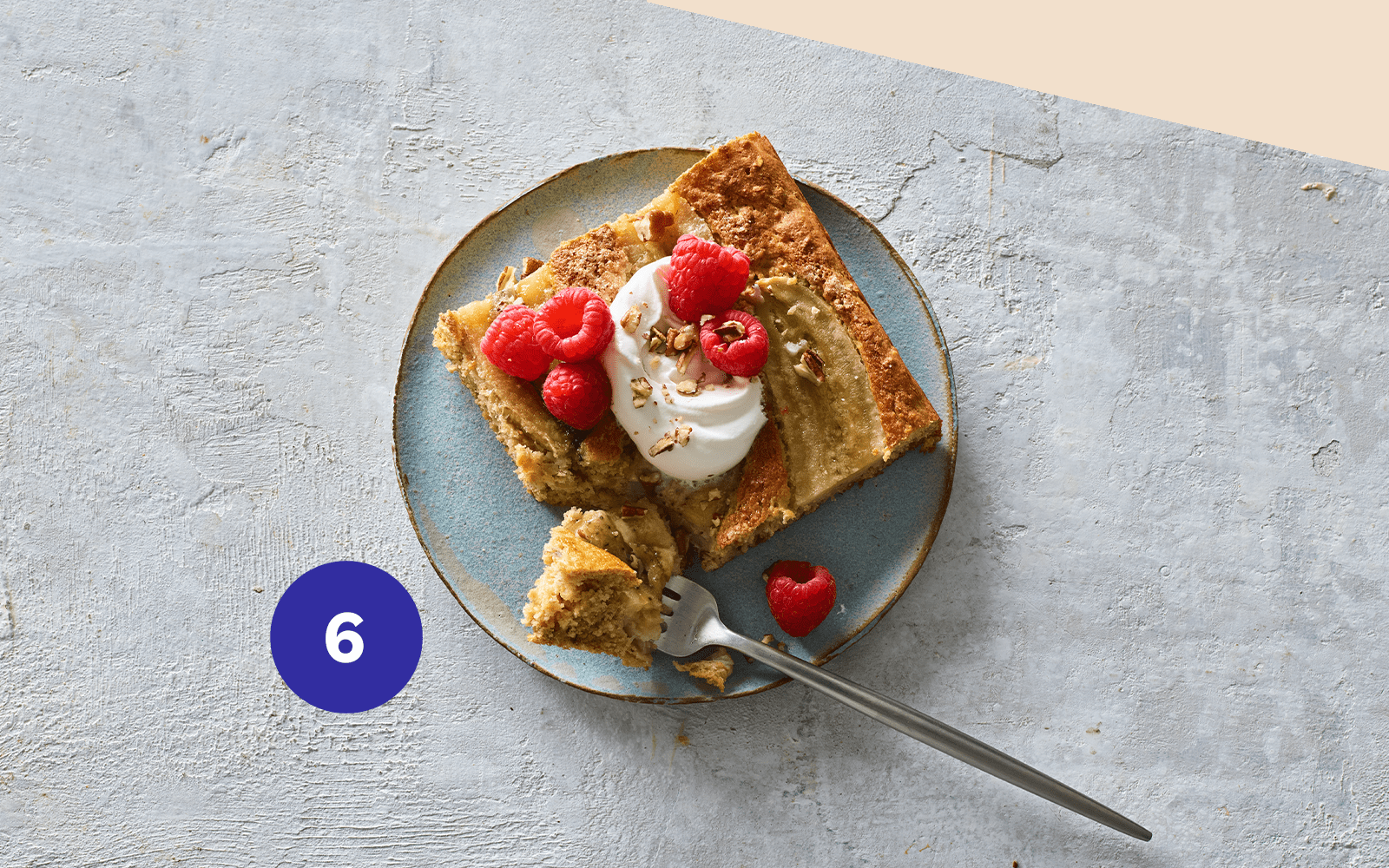
Points give you eating flexibility
How you eat Monday - Friday is probably different than how you eat on the weekends and that’s OK! Points are designed to be flexible. You'll get an additional weekly Points Budget. You might want to enjoy a few extra Points each day or save them up for the weekend—you choose!
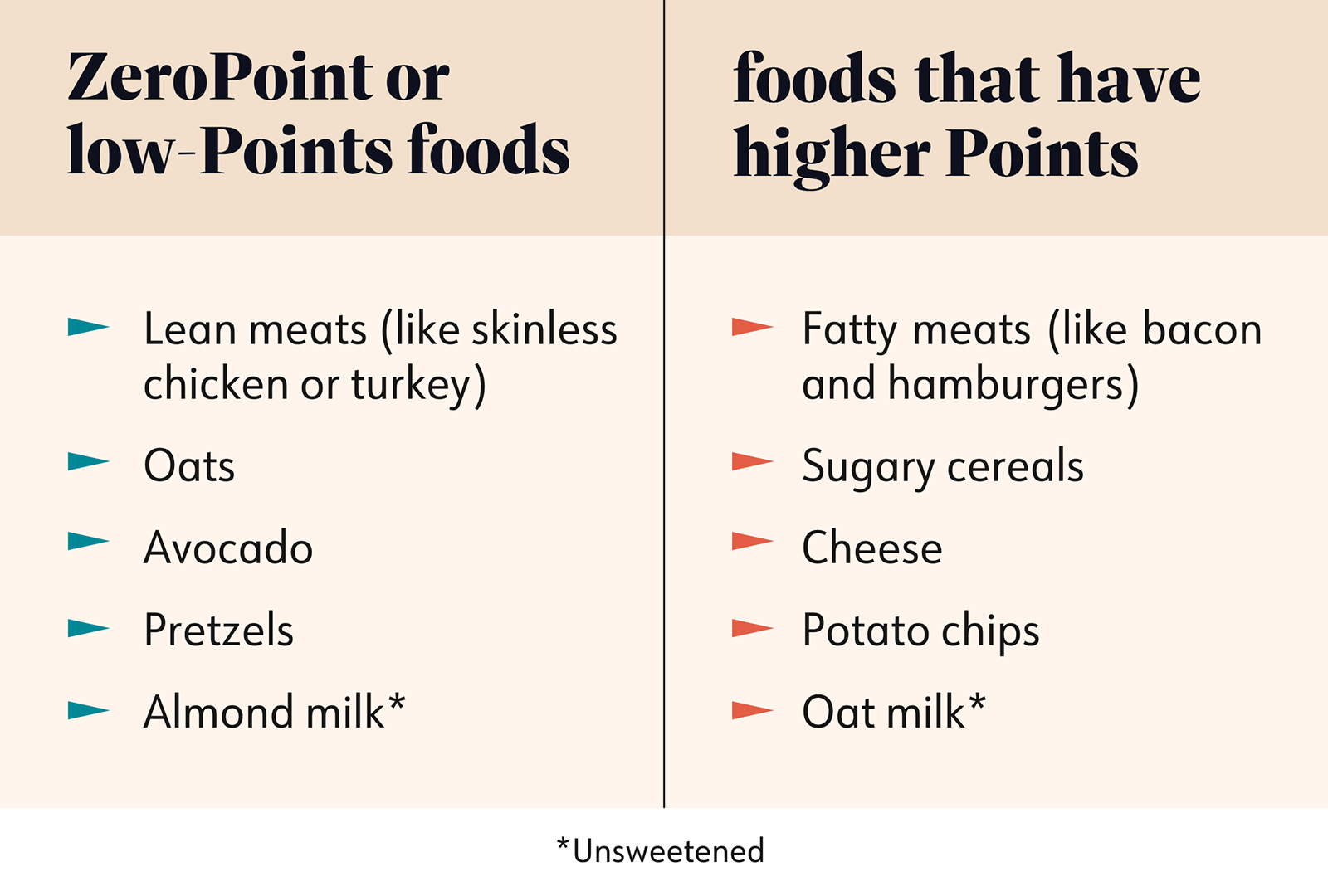
What a day on Points can look like
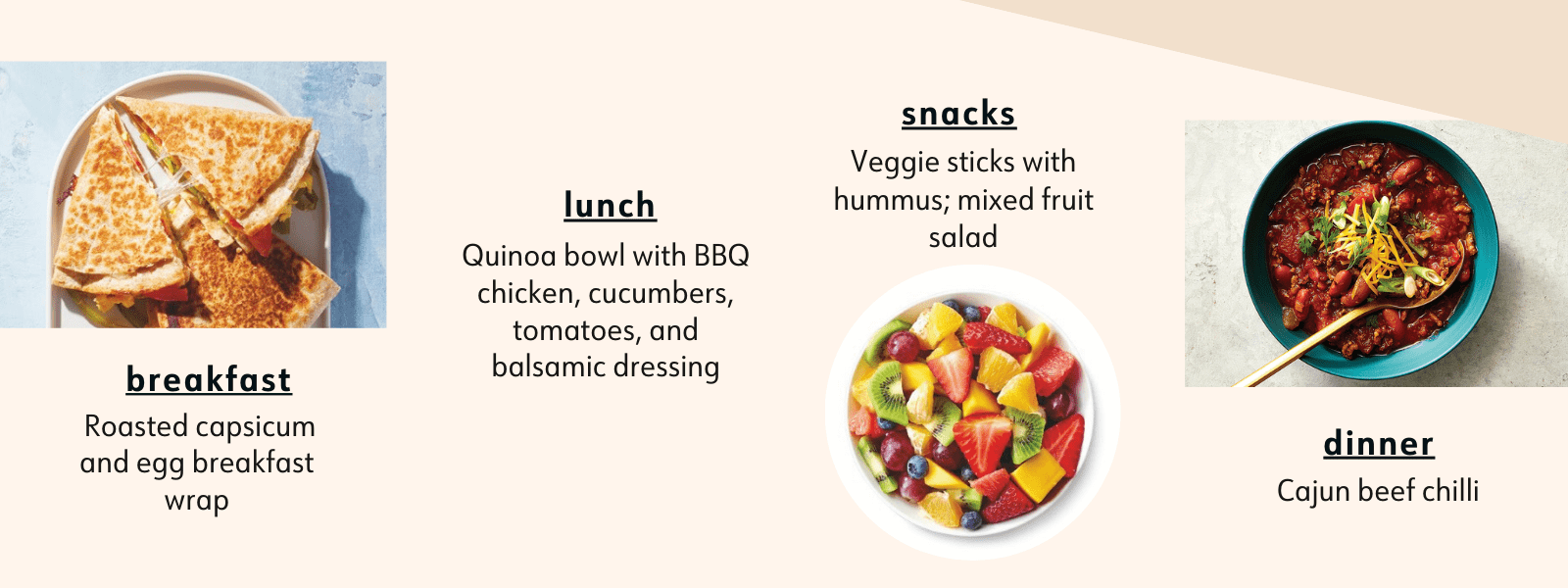
How many Points do I get per day?
After joining WW, we'll give you a customised budget based on your current age, height, weight, and sex assigned at birth—i.e., your individual metabolic rate. You’ll choose what to eat and we've got plenty of healthy recipes and meal plans to guide you, plus our app will help you to calculate and track your Points.
Every recipe has a Points value
Your top questions, answered!
The Points system is an evolution of our scientifically-backed nutrition plans, which have previously included PersonalPoints, SmartPoints, and ProPoints. This system is uniquely designed to guide you towards more nutritious and healthier food choices that support weight loss, while ensuring that no food is off-limits. We continually update our system as the latest science evolves to provide the most effective and sustainable weight loss experience.
You can eat anything you like—truly! With WeightWatchers, no food is off-limits. Simply track what you eat, stay within your Points Budget, include ZeroPoint foods, and you’ll see the weight come off.
Yes, the WeightWatchers Points system is versatile and can be adapted to suit various dietary needs, including vegetarian, vegan, gluten-free, and dairy-free diets. You can easily find ZeroPoint foods and recipes that align with your specific dietary requirements.
Calories (or kilojoules) are just one piece of the nutrition puzzle. Our Points algorithm takes calories into account, but it also considers protein, fibre, and the differences between natural and added sugars, as well as unsaturated and saturated fats.
Your customised Points Budget is designed to guide you towards a healthier eating pattern, helping you lose weight and feel your best. Simply eat, track your Points, and watch the weight come off.
No, the Points system and algorithm remain the same. The Points system simplifies healthy eating by translating complex nutritional data into a single, easy-to-use number. Points are still calculated based on a food’s calories, protein, fibre, unsaturated fat, saturated fat, and added sugar. Informed by the latest nutritional science, our current Points system continues to prioritise the most important nutritional factors for health, aligning with healthy eating recommendations.
Points encourage you to choose foods linked to better health—like dairy, fibre-rich foods, vegetables, and wholegrains—while steering you away from nutrients associated with poorer health, such as added sugars and saturated fat. Although PersonalPoints are now simply called Points, the underlying algorithm hasn’t changed.
U.S. Department of Agriculture and U.S. Department of Health and Human Services. Dietary Guidelines for Americans, 2020–2025. 9th Edition. December 2020. Available at DietaryGuidelines.gov.
U.S. Department of Agriculture and U.S. Department of Health and Human Services. Dietary Guidelines for Americans, 2020–2025. 9th Edition. December 2020. Available at DietaryGuidelines.gov.
Points simplify healthy eating by translating complex nutritional data into a single, easy-to-use number. This system helps you evaluate food quickly and effectively. Each food and beverage is assigned a Points value based on six factors: calories, saturated fat, and added sugar increase the Points value, while fibre, protein, and unsaturated fats decrease it.
Our evidence-based system is designed to encourage healthier eating habits by favouring foods higher in fibre, protein, and unsaturated fats (the healthier fats) and lower in added sugar and saturated fat (the less healthy fats).
Your budget begins with a scientific calculation of your metabolism, taking into account factors like age, height, weight, and sex assigned at birth. It’s then adjusted according to the ZeroPoint food list and your weight goals, whether you're aiming for weight loss or maintenance. Each budget is personalised to suit your individual needs and is designed to support a healthy weight loss rate, typically 0.5 to 1 kilogram per week, though initial results might be higher.
You can calculate the Points for a meal by using the WeightWatchers app. Simply input the ingredients and portion sizes, and the app will calculate the total Points for the entire meal, helping you stay within your daily budget.
Yes, you can include higher Points foods in your diet while following WeightWatchers. The key is balance and moderation. You can use your weekly Points allowance to enjoy these foods occasionally without hindering your progress.
Join from $20/month*
*On selected 3 & 6 month plans only. Min. cost (Core membership) A$60. Offer ends 21/10/2025. See terms.



